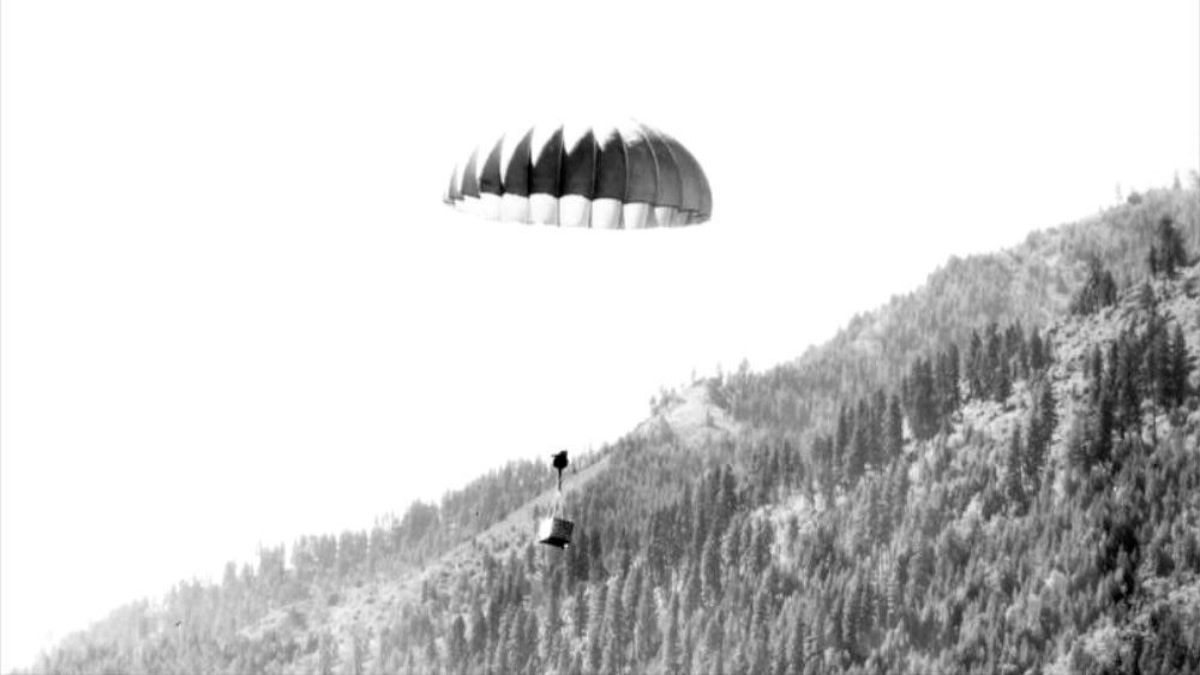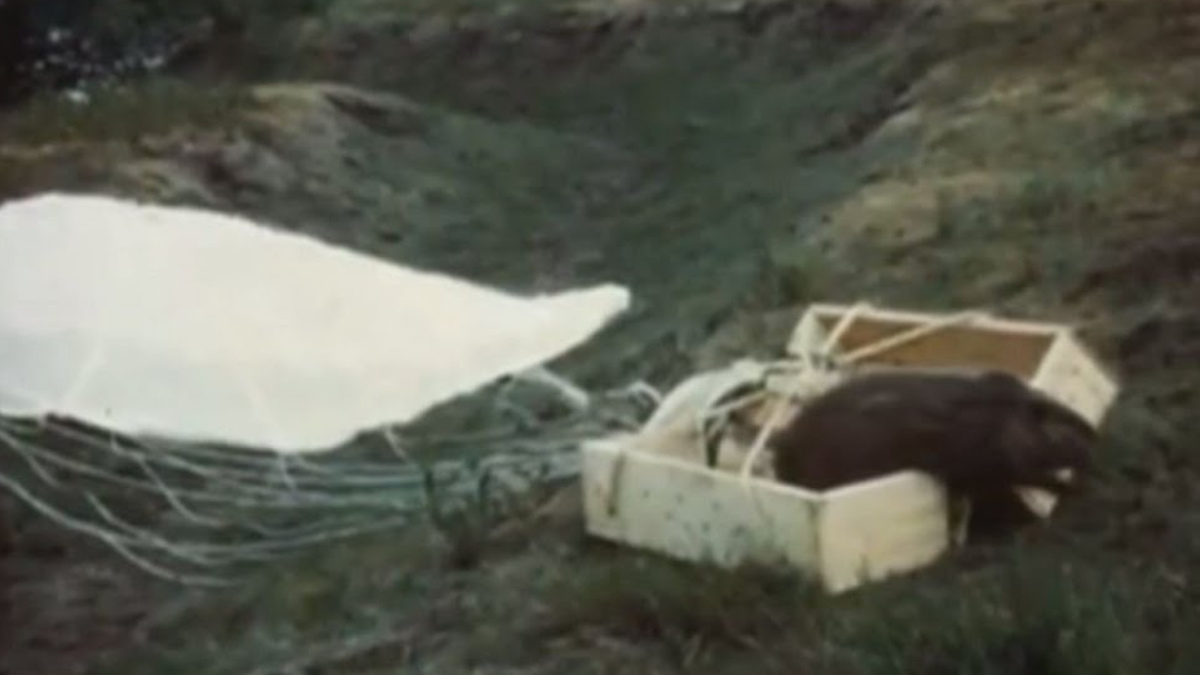
There’s a difference between book smart and bar smart. You may not be book smart, but this series can make you seem educated and interesting from a barstool. So, belly up, pour yourself a glass of something good and take mental notes as we look at the most creative way an animal has ever been restocked.
Beavers, World War II parachutes, and one of the most remote places in North America: Now that’s how you grab your buddies’ attention at a bar.
Back in the 1940s, beaver populations were causing concern for state and federal agencies in Idaho. Some areas had too many beavers; the animals were decimating trees and riparian brush and causing creeks to flood. Other areas had too few beavers, causing streams to flush before they could seep down and replenish groundwater. In a flash of bar room brilliance, Idaho Fish and Game decided they’d relocate beavers from overpopulated areas to watersheds that needed damming.
Since most places they wanted to stock beavers were too rugged for vehicle access, horses were employed. But that didn’t work out so well. Apparently, horses and beavers are not natural allies. The horses were bothered by the beavers’ constantly shifting around in the saddle boxes, or the varmints’ unique odor. Whereas the beavers didn’t care for the constant heat or lack of water, not to mention the unnatural experience of being toted around in boxes.
The project was nearly killed until one biologist found inspiration in surplus World War II parachutes. His solution: have air planes bomb inaccessible meadows with boxes of live beavers.

The biggest challenge would be figuring out how to build a box that would survive the 800-foot fall and allow the beavers to escape afterwards. To test the temporary cages, the agency used an old male beaver fondly named Geronimo. Geronimo endured trial after trial after trial, although he didn’t seem to mind.
“Each time he scrambled out of the box, someone was on hand to pick him up,” a 1950 entry in the Journal of Wildlife Management noted. “He finally became resigned, and as soon as we approached him, would crawl back into his box ready to go aloft again.”
Satisfied with Geronimo’s results, the team started their transplants. As payment for his service, Geronimo was given a priority reservation with three young females at one of the best locations.
In the fall of 1949, 76 beavers were air dropped into the Frank Church Wilderness. There was just a single casualty, which happened when a beaver crawled out of its box with 75 feet left in the descent.
Surveys later that year confirmed the success of the stockings. Each drop site showed the beginning of a colony, complete with dams, constructed houses and stored up food. The offspring of those pioneering parachuters are still out there, carrying on the legacy of their ancestors by damming streams and improving habitat.
Feature image via Idaho Fish and Game.





